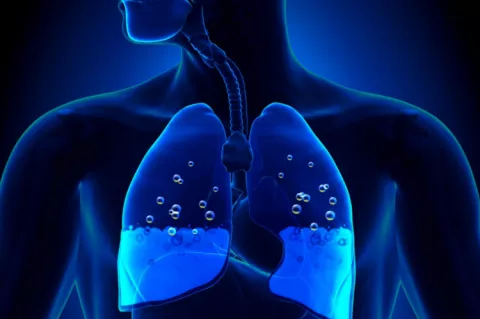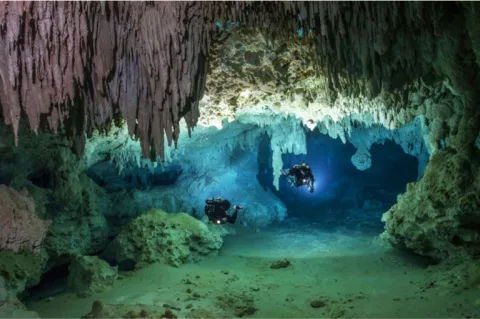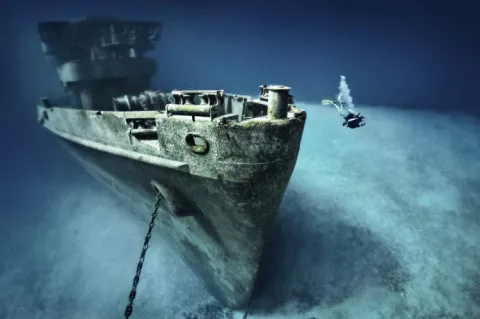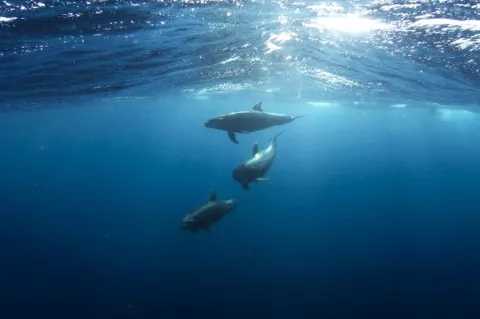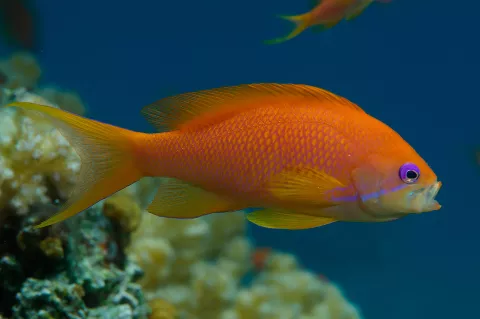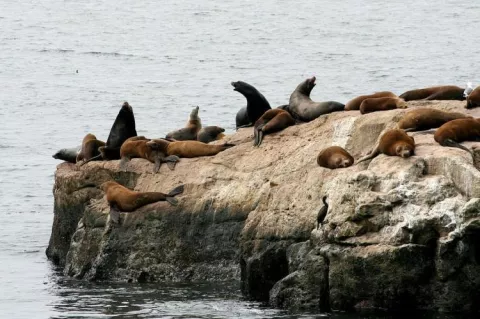IPE in Technical Diving — Risk & Response
IPE is the abnormal leakage of fluid from the bloodstream into the alveoli, the microscopic air sacs in the lungs. Symptoms include shortness of breath, coughing up bloody sputum, and respiratory distress. Leakage into the alveoli results in fluid buildup in the lungs, and interrupts gas exchange, similar to drowning. It is important to note that fluid resulting from IPE comes from within the body, rather than from inhalation of surrounding water.
- Read more about IPE in Technical Diving — Risk & Response
- Log in to post comments

